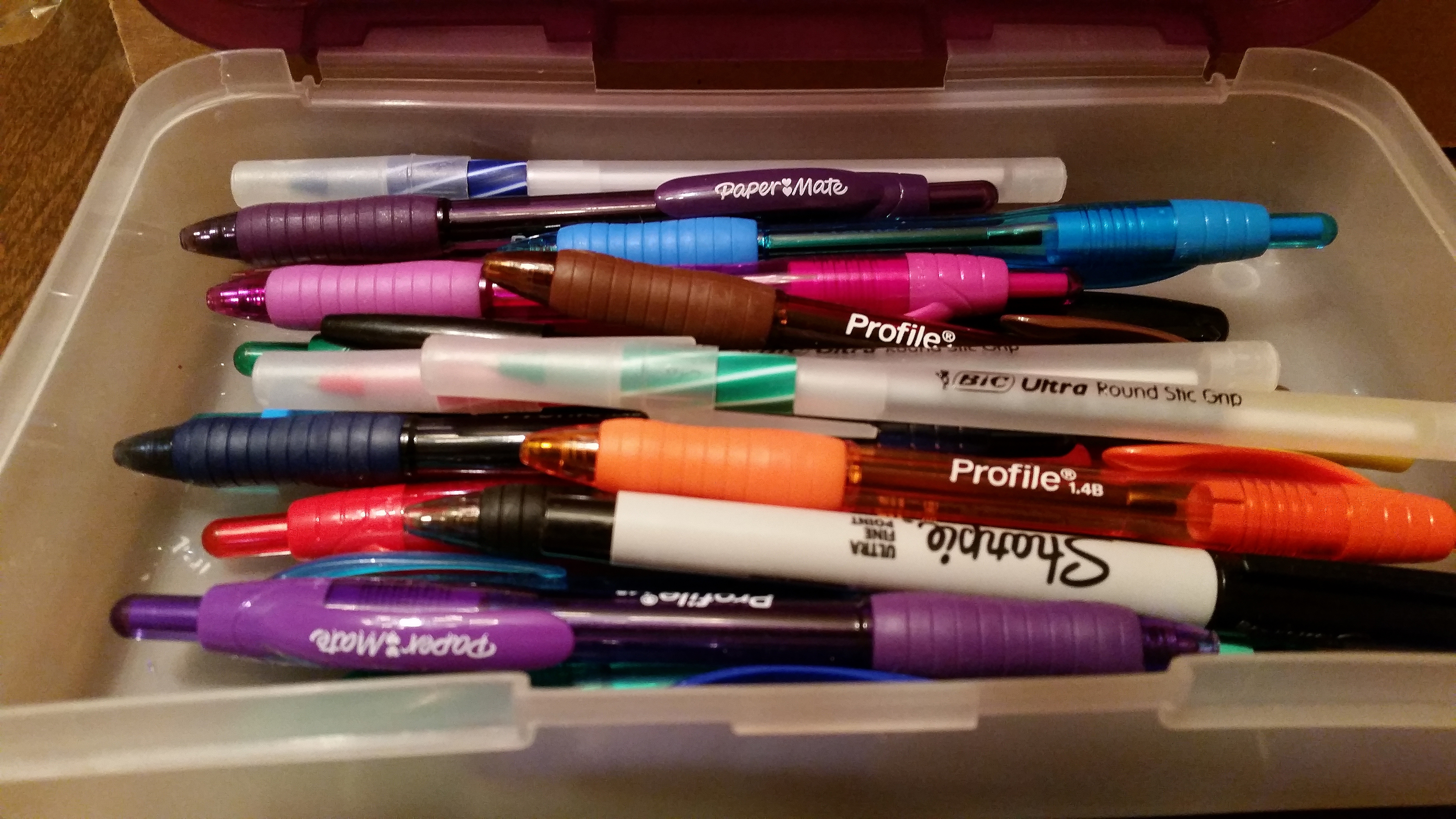
Common Writer Questions: How to Convey Accents
“How do I write dialogue to show an accent or dialect?” I’ve often heard this question discussed at writing…
May 24, 2022
“How do I write dialogue to show an accent or dialect?” I’ve often heard this question discussed at writing…
May 24, 2022
When your critique partners tell you (more than once) your middle grade fiction sounds too adult, how do you…
August 16, 2020
During my last semester of undergrad, I spent a lot of time watching 30 Rock. Like many graduating seniors,…
March 13, 2020
Like delicious desserts, dialog is often a reader’s favorite part of a story. We quote great dialog for generations.…
February 14, 2020
Have you ever felt stuck using the same dialogue tags? It can creep in when we get comfortable with…
October 18, 2019
Every once in a while, on one of my writers’ lists or on facebook, someone will want to know…
June 27, 2019
Presentation is everything, especially when it comes to the publishing world. And your presentation of punctuation is crucial to…
April 22, 2019
When thinking about the dialogue in our story, whether fiction or nonfiction, we must consider perspective. With each story,…
November 22, 2018
Many writers are introverts and don’t prefer to talk a lot. Some writers are extroverts and love to talk.…
June 22, 2018
Have you ever noticed how some authors tend to focus too much on writing certain fiction elements, yet ignore…
October 9, 2017
by Sandra Merville Hart Historical novelists research ways of life, events, fashion, and a myriad of other topics.…
May 21, 2017
Most fiction starts out hot, then bogs down. How can you keep the fire in your fiction so that…
January 16, 2016
When drafting your novel, then self-editing, go back and determine whether or not any given scene moves the story…
October 15, 2015
At a writer’s conference, a contest judge once shared with me that he could pick my voice out of…
September 13, 2015
What is it about a story that makes it compelling? Is it the characters? Is it the plot? Is…
August 17, 2015
“Do you have a unique voice?” It’s one question agents and editors often ask writers during one-on-one interviews at…
July 28, 2015